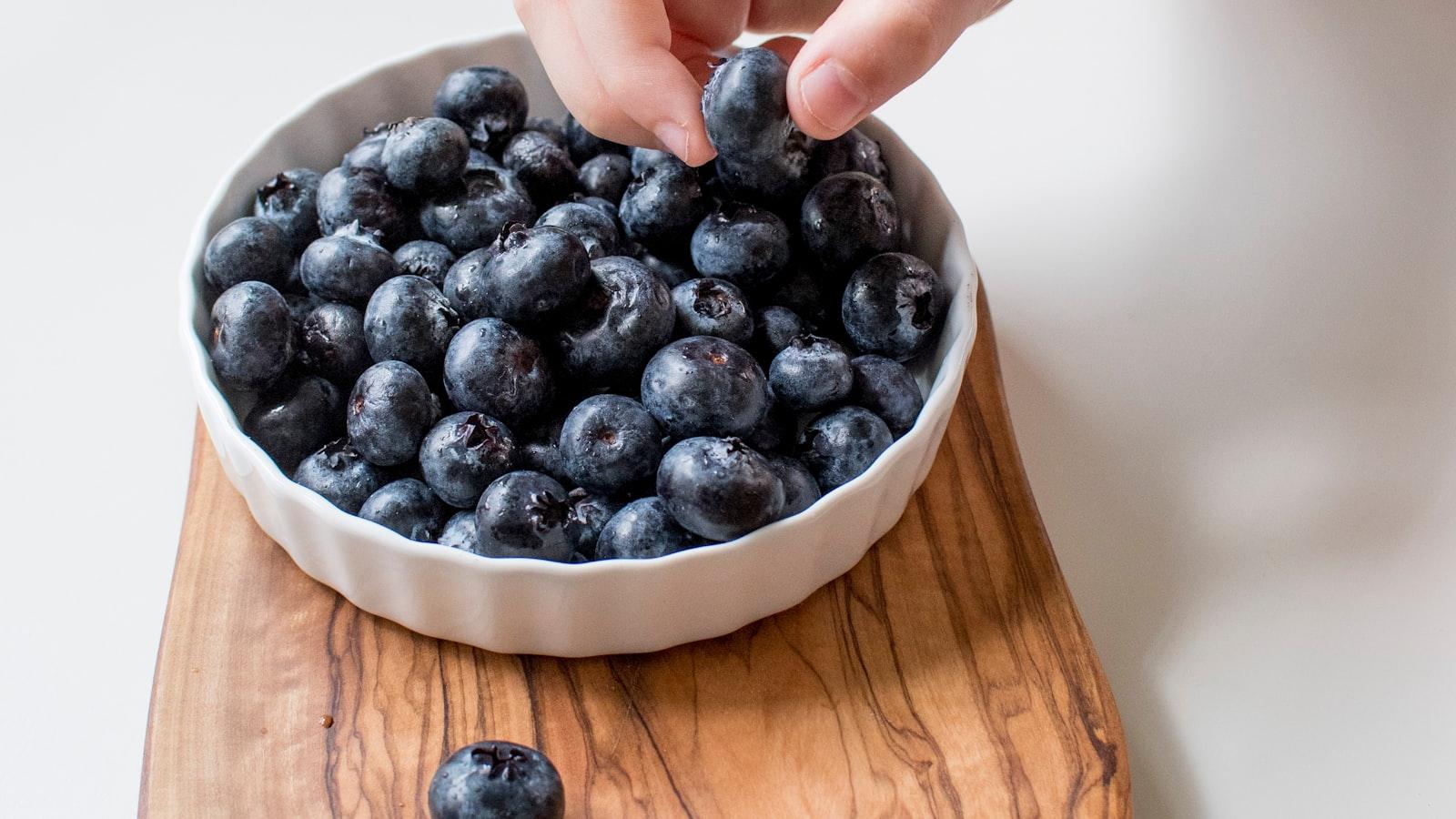Introducing your little one to the world of solid foods is an exciting milestone for every parent. As your 6-month-old baby embarks on this culinary adventure, it’s essential to navigate the realm of baby food with care and creativity. From purees to tiny tastes of new flavors, the journey of introducing solids to your baby is filled with joy, discovery, and a dash of messiness. Join us as we explore the wonderful world of food for your 6-month-old and discover how to nourish your little one’s budding palate with love and nutrition.
Table of Contents
- Introducing Solids: A Guide to Starting Food for Your 6-Month-Old
- Nutritious First Foods for Your Baby’s Developmental Stage
- Precautions and Tips for Introducing Solid Foods Safely
- Navigating Allergies: Common Allergenic Foods and How to Proceed
- Q&A
- The Conclusion


Introducing Solids: A Guide to Starting Food for Your 6-Month-Old
When it’s time to introduce solids to your little one, the journey can be both exciting and overwhelming. At 6 months old, your baby is ready to explore the world of flavors beyond milk or formula. Here are some essential tips to guide you through this new phase:
- Start Slow: Begin with single-ingredient purees like mashed bananas or sweet potatoes to introduce new tastes gradually.
- Watch for Allergies: Introduce common allergens one at a time and observe for any reactions such as rashes, vomiting, or diarrhea.
- Be Patient: Your baby may initially reject new foods. It can take multiple tries before they develop a liking for a particular flavor.
As you embark on this culinary adventure with your little one, remember that every baby is different, and there’s no one-size-fits-all approach to starting solids. Stay attuned to your baby’s cues and enjoy this milestone together!


Nutritious First Foods for Your Baby’s Developmental Stage
When introducing solid foods to your little one at around 6 months of age, it’s essential to choose options that will support their growth and development. Opt for nutrient-dense choices that are gentle on their delicate digestive system. Some wholesome first foods to consider are:
- Avocado: Packed with healthy fats, vitamins, and minerals.
- Sweet Potato: A great source of Vitamin A and fiber.
- Banana: Easy to digest and rich in potassium.
Ensuring a varied diet will not only expose your baby to different flavors but also provide them with a range of essential nutrients crucial for their overall development. Experimenting with different textures and tastes can also help develop their palate early on. Remember to introduce new foods gradually and watch out for any signs of allergies or sensitivities.
Creating a colorful plate for your little one can make mealtime more engaging and enjoyable. When planning your baby’s meals, think about incorporating a mix of fruits, vegetables, and grains. Here is a simple example of a visually appealing meal plan for a 6-month-old:
| Meal | Food |
|---|---|
| Breakfast | Mashed blueberries with oatmeal |
| Lunch | Pureed spinach and pear |
| Dinner | Mashed peas with rice cereal |
Remember, every baby is unique, so observing how your little one responds to different foods will help you tailor their meals to best suit their preferences and nutritional needs. Enjoy this exciting journey of introducing your baby to the wonderful world of solid foods!

Precautions and Tips for Introducing Solid Foods Safely
When venturing into the world of solid foods with your little one, it’s essential to approach this milestone with caution and care. Introducing new foods to your 6-month-old can be a fun and exciting journey filled with exploration and delightful discoveries. However, it’s crucial to follow some precautions to ensure a safe and enjoyable experience.
Here are some tips to help you introduce solid foods to your 6-month-old:
- Begin with single-ingredient purees to identify any potential allergies or sensitivities.
- Gradually increase the texture of the foods as your baby becomes more accustomed to eating solids.
- Avoid introducing common allergens like nuts, eggs, and seafood until your baby is older.
- Supervise your baby closely during feeding times to prevent choking hazards.
- Consult with your pediatrician for personalized guidance based on your baby’s specific needs and development.
In addition to these precautions, remember that every baby is unique, so it’s important to observe your little one’s reactions and adjust your approach accordingly. By taking these steps, you can create a safe and enjoyable introduction to solid foods for your 6-month-old baby.

Navigating Allergies: Common Allergenic Foods and How to Proceed
Navigating allergies can be a daunting task, especially when it comes to introducing new foods to your 6-month-old baby. Certain foods are known to be common allergens and require careful consideration to ensure your little one stays safe and healthy. Among these allergenic foods are peanuts, eggs, cow’s milk, wheat, soy, fish, and shellfish. It’s essential to approach the introduction of these foods with caution to monitor any potential allergic reactions that may arise.
When it comes to navigating allergenic foods for your 6-month-old, it’s crucial to take it slow and introduce one new food at a time. Monitor your baby for any signs of allergies such as rashes, digestive issues, or respiratory problems. Consider keeping a detailed food diary to track your baby’s reactions. Remember, every baby is different, so what works for one may not work for another. Consult with your pediatrician or a pediatric allergist for guidance on how to proceed safely and confidently. By being diligent and observant, you can help your baby explore a variety of foods while keeping allergies at bay.
Q&A
Q&A: Introducing Solid Foods to Your 6-Month-Old Baby
Q: Is my 6-month-old baby ready for solid foods?
A: Absolutely! Around the 6-month mark, most babies are ready to start exploring solid foods alongside breast milk or formula.
Q: What are some good first foods to introduce to my baby?
A: Soft, easily mashable foods like pureed fruits (such as apples or bananas) and vegetables (like sweet potatoes or peas) are excellent options for introducing your little one to solid foods.
Q: How should I introduce these new foods to my baby?
A: Start slow and offer small amounts of one type of food at a time. Watch for any signs of allergies or sensitivities and gradually expand their palate with a variety of nutritious options.
Q: Are there any foods I should avoid giving to my 6-month-old?
A: It’s best to avoid honey, cow’s milk, and any foods that are choking hazards (like whole nuts or chunks of hard fruits) at this stage.
Q: How can I tell if my baby is enjoying the new foods?
A: Look for cues like facial expressions, eagerness to eat more, and their overall demeanor during mealtime. Remember, every baby is different, so patience is key!
Q: When should I start introducing more textures and variety into my baby’s diet?
A: As your baby gets more comfortable with eating solids, gradually introduce thicker textures and a wider range of foods to support their growth and development.
Q: Any tips for making mealtimes enjoyable for my baby?
A: Make mealtime a positive experience by sitting together, using colorful utensils, and engaging your baby in playful interactions to create a fun and engaging environment.
Remember, introducing solids to your 6-month-old is an exciting milestone filled with new tastes and textures. Enjoy this journey of exploration and nourishment with your little one!
The Conclusion
As we wrap up this article on introducing solid foods to your 6-month-old baby, remember that each child is unique and may have different preferences and needs when it comes to starting solids. Listening to your baby’s cues, introducing a variety of healthy foods, and ensuring a safe eating environment are key factors in this exciting journey of food exploration. We hope this guide has provided you with valuable insights and tips to make this transition a smooth and enjoyable experience for both you and your little one. Here’s to happy and healthy eating adventures with your growing baby!




0 Comments